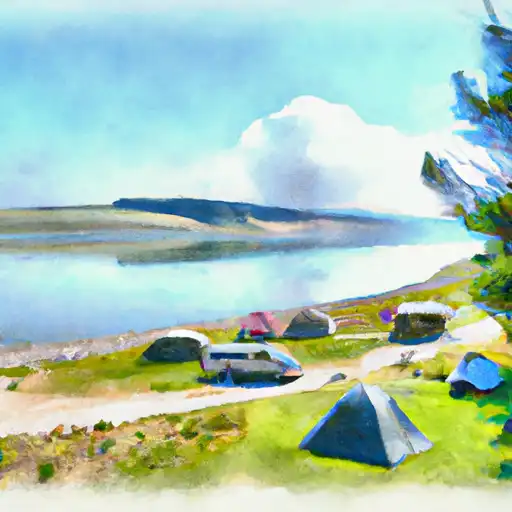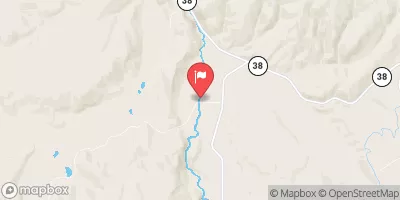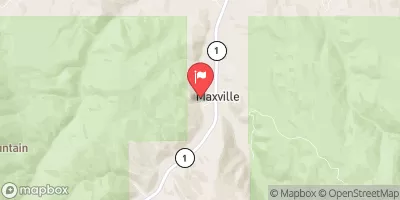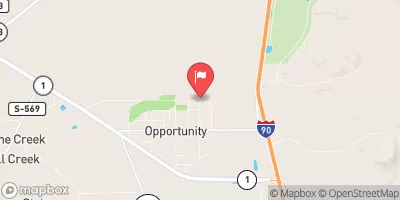Summary
The fishing area is known for its abundant fish species, such as rainbow trout, brown trout, and cutthroat trout.
In addition to fishing, there are many other outdoor activities available nearby, including hiking, camping, and wildlife watching. The area is surrounded by beautiful forests and mountains, making it a great place to enjoy nature.
To catch fish at Comers Point Fishing Access, it is recommended to use lightweight fishing gear, such as a fly rod, and to focus on fishing in the deeper pools and runs. Anglers should also be aware of the regulations for the area, including catch and release rules for certain fish species.
The best time of year to visit Comers Point Fishing Access is during the summer months, from June to August, when the weather is warm and dry. The average temperature during this time is around 70 degrees Fahrenheit, making it a comfortable time to fish and enjoy other outdoor activities.
Overall, Comers Point Fishing Access is a great spot for fishing enthusiasts who want to catch a variety of trout species and enjoy the beautiful Montana wilderness.
Weather Forecast
Nearby Streamflow Levels
Angling Safety Guidelines
Check local fishing rules, seasons, size limits, and license requirements to ensure legal and sustainable angling.
Handle Fish Responsibly
Use wet hands, minimize air exposure, and release fish gently to improve survival rates when practicing catch-and-release.
Choose the Right Gear
Match your rod, line, and tackle to the species and conditions to increase success and reduce unnecessary harm to fish.
Respect the Waterway
Avoid disturbing habitat, prevent bank erosion, and keep a safe distance from spawning areas to protect ecosystems.
Keep It Clean
Pack out all line, hooks, bait containers, and trash—discarded gear can injure wildlife and degrade waterways.
Related Links
Area Campgrounds
| Location | Reservations | Toilets |
|---|---|---|
 Piney
Piney
|
||
 Piney Campground and Picnic Area
Piney Campground and Picnic Area
|
||
 Stuart Mill Bay FAS
Stuart Mill Bay FAS
|
||
 Philipsburg Bay Campground
Philipsburg Bay Campground
|
||
 Philipsburg Bay
Philipsburg Bay
|
||
 Flint Creek Campground
Flint Creek Campground
|

 Sunnyside Fishing Access
Sunnyside Fishing Access
 Badger Bay Fishing Access
Badger Bay Fishing Access
 Red Bridge Fishing Access
Red Bridge Fishing Access






 Georgetown Dam
Georgetown Dam